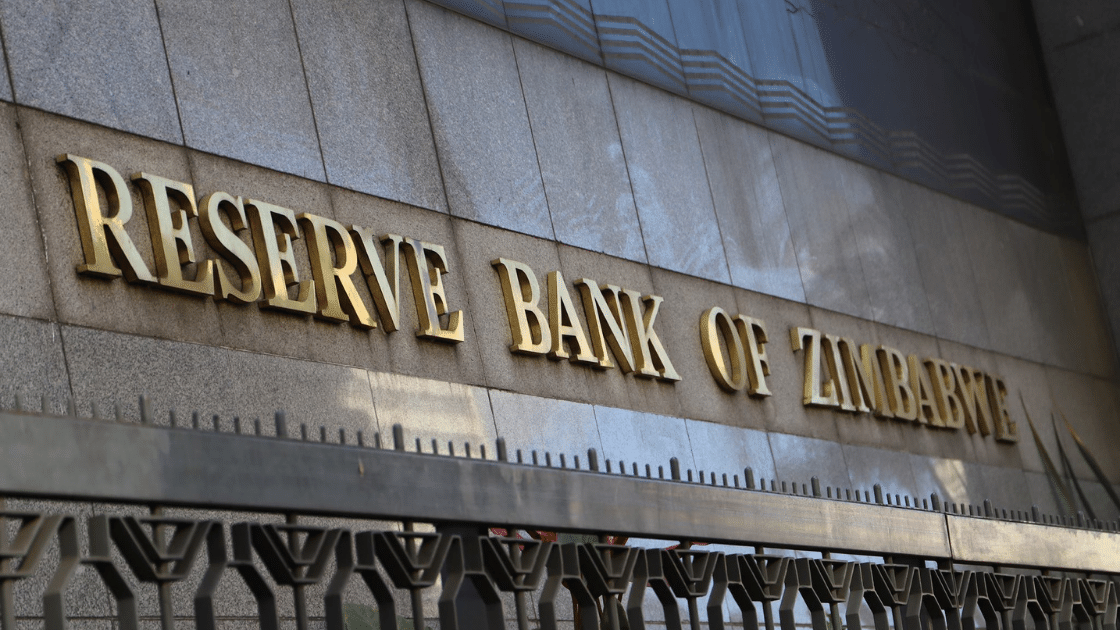
While the Reserve Bank of Zimbabwe (RBZ) has been holding back on publishing of date related to all economic indicators including ZWL inflation, the symptoms of actions at the Central Bank continue to be apparent, with money supply fluctuations over the past 5-months having severe shifts in economic fundamentals.
When the RBZ relaxes the monetary policy by expanding money supply, this is often reflected by increased demand in the economy for goods as well as value preservation. As money supply increases, the value of that currency diminishes against hard currencies. In the fourth quarter of 2023, the government of Zimbabwe paid contractors in ZWL and this expanded the supply of the local unit hence a runaway exchange rate on both the formal and informal currency markets, as well as a bull-run on the ZWL denominated bourse, Zimbabwe Stock Market (ZSE).
However, it appears this expansion in money supply continued into the first quarter of 2024. In the first week of January, the exchange rate premium between the parallel and interbank currency market reached a high of 86%. Meanwhile, the ZSE All Share Index surged by a staggering 20% in the first week of January. Since 2020, the ZSE has been largely driven by money supply more than it has followed specific companies’ performance.
Due to rampant ZWL inflation and a run-away exchange rate, hedge-seeking has grown common in Zimbabwe, with the most considered safe havens being the stock market and the currency market. Therefore, when money supply expands, the exchange rate depreciation hastens as demand for value preservation increases, and simultaneously, stock prices sky-rocket as investors seek alternative hedging. The opposite is true, when the exchange rate slows down and stock prices trail behind the interbank depreciation margin, this reflects a tightened money supply in the economy.
Since the beginning of February, the ZSE has largely recorded a bear-run which saw the market shedding off -35% in US$ terms as the bourse fails to outpace the interbank market movement.
In the midst of this trend, the ZWL widened the rate of depreciation on the interbank market while the margin slowed down on the parallel market. The parallel market is only or largely driven by demand and supply forces, while the interbank is prone to manipulation as a regulated market under the control of the Central Bank. Therefore, when money supply is tightened, the parallel rate slows down and this gives room for the interbank to close the gap (premium).
On the other hand, the government suspended the currency auction market in December for the holidays, and the suspension has sustained to-date as the government announced plans to revise the auction model in a bid to stabilize the exchange rate by trimming the premium and increasing supply of foreign currency.
While the economy has been waiting for the announcement of new measures to stabilize the exchange rate, the government subtly contracted the monetary policy, which saw the exchange premium dwindling from 86% in early January, to 50% end of January, and now 30% as of the 28 th of February.
- Mangudya speaks on banks’ stability
- Mangudya speaks on banks’ stability
- Group demands ZSE listings for Fidelity suitors
- Group demands ZSE listings for Fidelity suitors
Keep Reading
This happened as the stock market has also succumbed to reduced demand amid subdued liquidity.
Going forward, the government is likely going to open the currency auction market anytime soon to increase supply of US$ to sustain the subdued exchange premium. This will likely bring back the currency stability seen in the second and third quarter of 2023, and will likely sustain until the end of second quarter of 2024.
Supply of foreign currency from the government will likely be short-lived due to subdued foreign receipts from receding commodity prices and constrained exports amid the El Nino drought. This will yet again result in more printing of the ZWL and a reversal of the stability in the third quarter of 2024.
- Duma is a financial analyst and accountant at Equity Axis, a leading media and financial research firm in Zimbabwe. — [email protected] or [email protected], Twitter: TWDuma_











